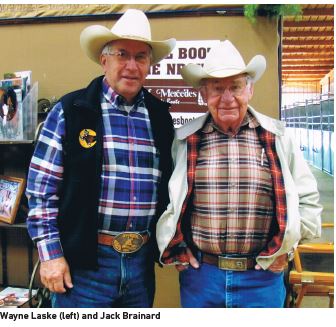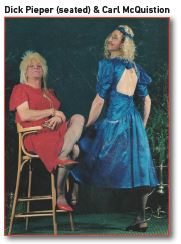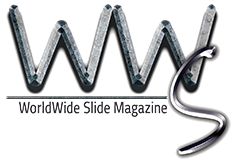The Southwest Reining Horse Association

Even though the reining industry in the north Texas and southern Oklahoma areas was in its infancy, the dedicated reiners were people of action.
Wayne Laske, who worked for the Tony Lama Boot Company, had moved to Ardmore. An avid proponent of and participant in reining, he remembered, “Jack Brainard called me one day and told me we should start a National Reining Horse Association affiliate.”
He continued, “Promoting reining in the southwest was our aim. We wanted the affiliate to appeal to surrounding states and our vision was to bring everyone to a show in the fall. We tossed about a few names and came up with Southwest Reining Horse Association.” Wayne would become the Association’s president for the first decade.
They brought in more folks who shared their goal. Many had moved into the area from Minnesota, Nebraska, Pennsylvania and Wisconsin, and included Bob Loomis, Joe Hayes, Craig Johnson, the McCutcheon brothers, Dick Pieper, Todd Sommers, Mike Corrington, and Tim and Colleen McQuay
How would the fledgling group finance a new futurity? Laske explained, “Jack said that each of the 10 of us would need to come up with $1,000 in added money. So, eight of our 10 original members did, and we started with $8,000 in the pot!”
It was decided that Ardmore would be the home for the show and the dream became reality in 1985. The group’s uppermost goal was not that it be the biggest, but that it would be fun.
Clint Haverty won the first futurity on Billy Bar Flash. In those days they didn’t have any other Open divisions or a Non Pro.
For the group, creating a memorable, enjoyable show led to other projects. One was a souvenir program that listed the previous year’s winners. Another was the Directory published each year that listed all members and had a map of the membership that showed where their farms were located.
There was a photo contest one year for the directory cover; one year people provided pictures of top trainers as kids to let readers try to match them to the names. Overall, the goal was to stay entertaining and appealing and to draw people to the reining industry.

They did that in spades in one of the earliest and most memorable fund-raisers, the never-to-be-forgotten 1990 womanless wedding calendar. “It created a lot of conversation about the Southwest,” remembered Laske. “We held it at the Lazy E Arena and all those reiners dressed as women – John Hoyt was on the cover. These days those old calendars are collectors’ items.”
Trainers were also encouraged to sponsor approved shows. Early successes were the series put on by Joe Hayes and Craig Johnson in Texas and Bob Loomis and Dick Pieper in Oklahoma.
The Hardy Murphy Coliseum was a much different facility then – with only one arena and no place to warm up. Terry McCutcheon, who ran the equine program at Cook College at Gainesville would bring student volunteers to pick up rocks in the grassy field and small area between where the stalls so the reiners would have a place to warm up.
There were certainly challenges. Laske recounted, “About in 1990 we had some really bad weather – snowy and nasty. There were two sections of the futurity and between the sections we dragged and thought we’d let the ones in the second bunch come into the coliseum to warm up their horses instead of warming up outside. But the ones that had gone in the first section didn’t want that. “I asked Bob Loomis what he thought about that as he was in the second bunch and he said, ‘I’m pretty well mounted – I’ll be OK.’ As it turned out, he won the futurity on Topsail Whiz that year.”
In those days, according to Wayne, “We used whatever we could to put on the show. One year my old Ford tractor ran out of gas in the middle of the arena during the futurity finals. Joe Hayes had a tank of gas in his truck and we put it in the tractor and we were rolling again!”
The dates of the Southwest Futurity were tweaked. “When they moved the NRHA Futurity from Ohio to Oklahoma City, we wanted to be 30 days in advance. We felt that gave trainers a chance to bring their good horses and see what they had and then have 30 days to fix anything before OKC,” Wayne said.
